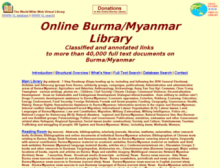Resource information
This chapter aims to overcome the gap existing between case study research, which typically provides qualitative and process based insights, and national or global inventories that typically offer spatially explicit and quantitative analysis of broader patterns, and thus to present adequate evidence for policymaking regarding largescale land acquisitions. Therefore, the chapter links spatial patterns of land acquisitions to underlying implementation processes of land allocation. Methodologically linking the described patterns and processes proved difficult, but we have identified indicators that could be added to inventories and monitoring systems to make linkage possible. Combining complementary approaches in this way may help to determine where policy space exists for more sustainable governance of land acquisitions, both geographically and with regard to processes of agrarian transitions. Our spatial analysis revealed two general patterns: (i) relatively large forestry related acquisitions that target forested landscapes and often interfere with semisubsistence farming systems; and (ii) smaller agriculture related acquisitions that often target existing cropland and also interfere with semi subsistence systems. Furthermore, our meta analysis of land acquisition implementation processes shows that authoritarian, topdown processes dominate. Initially, the demands of powerful regional and domestic investors tend to override socioecological variables, local actors’ interests, and land governance mechanisms. As available land grows scarce, however, and local actors gain experience dealing with land acquisitions, it appears that land investments begin to fail or give way to more inclusive, bottomup investment models.


